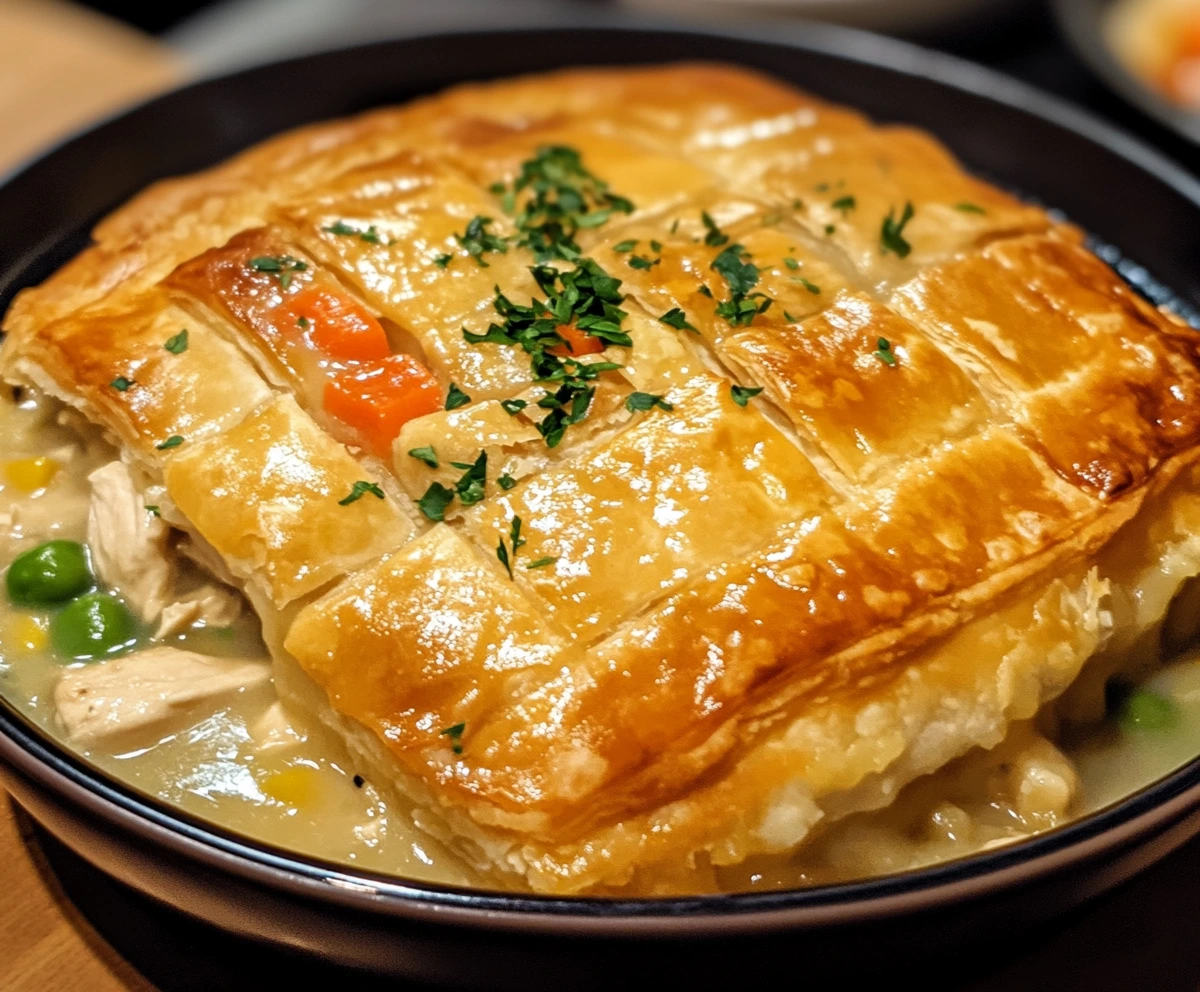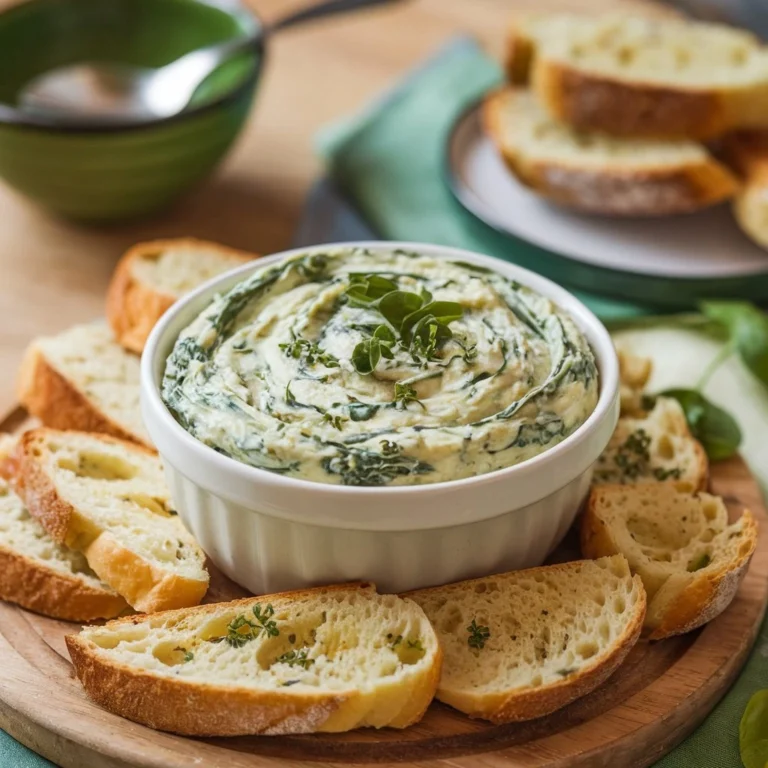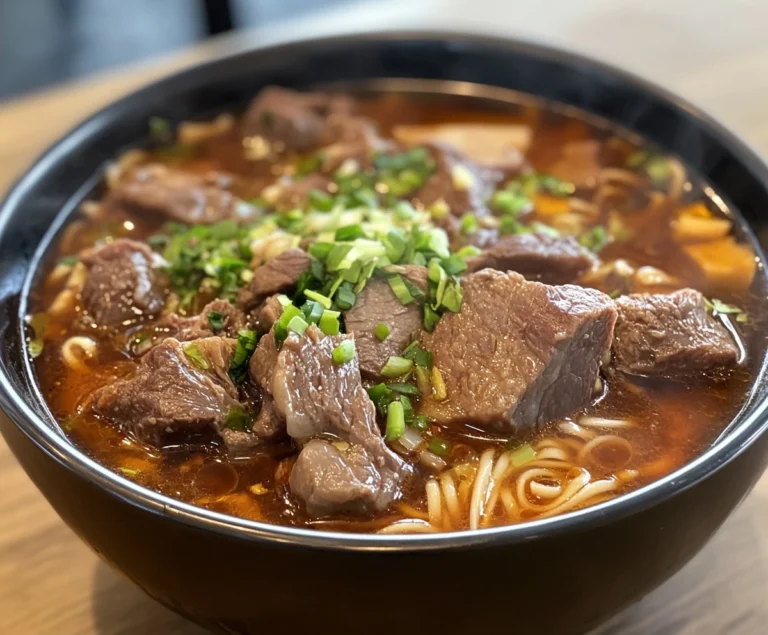Difference Between Cream of Chicken Soup and Condensed Cream of Chicken
When it comes to cooking, soups play a significant role in adding depth, flavor, and texture to a wide variety of dishes. Among the most commonly used are cream of chicken soup and condensed cream of chicken soup, both of which are staples in many recipes. These two varieties may seem interchangeable, but there are important differences between them that can affect your recipe’s outcome. Knowing when and how to use each type of soup can significantly enhance your dishes, especially in casseroles, pot pies, gravies, and sauces.
In this detailed guide, we’ll explore the differences in water content, consistency, nutritional value, culinary uses, storage, taste, texture, and even how to make both types of soups at home. By the end of this article, you’ll be able to confidently decide whether to use cream of chicken soup or condensed cream of chicken soup in your favorite recipes. Let’s dive deep into these two kitchen essentials.
1. What is Cream of Chicken Soup?
Cream of chicken soup is a versatile, smooth, and relatively thin soup made by combining chicken stock, milk or cream, butter, and seasonings with cooked chicken meat. It is often sold as a ready-to-eat option, meaning you can simply heat it up and enjoy it as a meal or use it straight out of the can as a base for casseroles, gravies, soups, and sauces.
Because of its relatively high water content, cream of chicken soup has a lighter texture and is easy to incorporate into dishes that require a subtle creamy touch. It is not as thick or concentrated as condensed cream of chicken soup, making it ideal for recipes where you want a creamier yet light consistency.
Key Ingredients of Cream of Chicken Soup:
- Chicken broth or stock
- Cooked chicken pieces
- Milk or cream
- Flour or cornstarch for thickening
- Butter or oil
- Onions, garlic, and herbs for flavoring
This soup is perfect for dishes like casseroles, soups, or even gravies where you need something creamy but not overwhelmingly rich or thick. Some common recipes that use cream of chicken soup include chicken and rice casserole, chicken pot pie, or creamy chicken pasta.
2. What is Condensed Cream of Chicken Soup?
Condensed cream of chicken soup is a more concentrated version of the regular cream of chicken soup. It is thicker, richer, and often sold as a “base” that requires dilution with milk or water before consumption. Because it’s condensed, this type of soup has less water, making it denser and more suitable for recipes that need a heavier consistency or a creamy foundation.
Many people use condensed cream of chicken soup in oven-baked dishes, slow-cooker meals, and hearty stews, as it provides a rich texture and flavor when combined with other ingredients. For instance, it’s commonly used in recipes like chicken pot pie, bakes, or as a thickener for sauces.
Key Ingredients of Condensed Cream of Chicken Soup:
- Concentrated chicken broth or stock
- More substantial amounts of flour or cornstarch for thickening
- A higher ratio of fat, such as butter or oil, to enhance richness
- Cooked chicken pieces, finely shredded
- Minimal liquid, as the soup is meant to be diluted before use
Condensed soups are especially popular in slow-cooker recipes and casseroles because they hold up well during long cooking times and add structure to the dish.
Explore different ways to use soups in cooking at AllRecipes’ collection of chicken soup recipes [link to: https://www.allrecipes.com/].
3. Water Content and Consistency: The Primary Difference
The most obvious distinction between cream of chicken soup and condensed cream of chicken soup is their water content and consistency. This difference plays a crucial role in determining how they should be used in recipes.
Cream of Chicken Soup:
- Water content: Cream of chicken soup has a higher water content, giving it a thinner, more fluid consistency.
- Consistency: The smooth, almost velvety texture allows it to blend easily with other liquids and ingredients. Its light consistency makes it suitable for casseroles, soups, and sauces that need a creamier touch without being overly thick.
- Use cases: Since cream of chicken soup is lighter, it’s often used in dishes that don’t require a heavy base. It’s perfect for recipes that include a mix of ingredients where the soup needs to enhance the creaminess without becoming the dominant element.
Condensed Cream of Chicken Soup:
- Water content: The water content in condensed cream of chicken soup is significantly lower, making the soup denser and thicker.
- Consistency: This soup has a thick, paste-like consistency straight from the can. You are generally expected to dilute it with milk, cream, or water before using it in recipes. The thicker texture makes it ideal for casseroles, stews, or any recipe that needs a hearty, creamy base.
- Use cases: Condensed soup is often used in heavier dishes, such as oven-baked casseroles, pot pies, and slow-cooker meals, where the soup adds structure and thickness to the dish.
Practical Application of Consistency in Recipes:
- For lighter dishes, such as a creamy pasta sauce, cream of chicken soup is a better choice as it blends easily without overwhelming the dish.
- For heartier dishes, like a chicken and vegetable pot pie, condensed cream of chicken soup’s thicker consistency offers the structure and rich flavor that these types of recipes require.
4. Nutritional Value: How They Compare
Nutritionally, the difference between cream of chicken soup and condensed cream of chicken soup can be significant due to the variation in concentration, fat content, and calories.
Nutritional Profile of Cream of Chicken Soup:
- Calories: Typically lower in calories, around 160 calories per cup.
- Fat: Less fat content compared to condensed soup, making it a lighter choice.
- Sodium: Generally lower sodium levels, but this can vary depending on the brand.
- Serving size: Usually sold as a ready-to-eat option, so it doesn’t require dilution.
Nutritional Profile of Condensed Cream of Chicken Soup:
- Calories: Higher in calories, often averaging around 230 calories per cup. This is due to the concentrated ingredients.
- Fat: Contains more fat because it is denser and richer in ingredients.
- Sodium: Typically higher in sodium, as condensed soups are designed to be more flavorful and concentrated.
- Serving size: Meant to be diluted, so the nutritional content can change depending on how much water or milk you add.
Which is Healthier?
If you’re watching your calorie intake or fat consumption, cream of chicken soup might be the better option because it tends to be lighter in calories and fat. However, condensed cream of chicken soup can still be part of a balanced diet, especially when used in moderation or combined with other healthier ingredients.
For more information on soup nutrition, visit the USDA FoodData Central [link to: https://fdc.nal.usda.gov/].
5. Best Culinary Uses for Each Type of Soup
Different recipes call for different types of soups, and the texture, flavor, and consistency versus make them more suitable for specific dishes. Let’s break down the best culinary uses for each.
Best Uses for Cream of Chicken Soup:
- Casseroles: This soup adds creaminess without making the dish too heavy. Its lighter texture allows it to blend well with other casserole ingredients, like vegetables and proteins.
- Gravies and Sauces: Its smooth texture is ideal for gravies and sauces that need a creamy base without overwhelming the dish. For example, it works well in a chicken gravy or a creamy garlic sauce.
- Light Soups: Cream of chicken soup is perfect for lighter, broth-based soups where you want to enhance the creaminess without making the soup overly thick or rich. A chicken noodle soup can benefit from a touch of creaminess by adding this type of soup.
- Pasta Dishes: Cream of chicken soup can be used in dishes like chicken Alfredo or creamy pasta bakes to add a smooth, creamy sauce.
Best Uses for Condensed Cream of Chicken Soup:
- Bakes and Casseroles: Because of its thicker consistency, condensed works well in oven-baked dishes where you need a solid, creamy foundation that doesn’t get too watery, like chicken pot pies, chicken and rice bakes, or macaroni and cheese.
- Slow-Cooker Recipes: The thickness of condensed soup holds up well during long cooking times, making it ideal for slow-cooker meals. Recipes like slow-cooker chicken and vegetables or slow-cooker chicken fajitas benefit from the heartiness provided by condensed cream of chicken soup.
- Stews and Pot Pies: The rich texture of condensed soup is perfect for stews and pot pies where you want a creamy, thick sauce to hold all the ingredients together. Beef or chicken pot pie is a prime example of a dish that often calls for condensed soup.
- As a Thickener: You can use condensed to thicken sauces or gravies. Its dense consistency adds both flavor and body to any dish.
Key Takeaway for Culinary Uses:
- If you want a lighter texture with creaminess that complements other flavors, use cream of chicken soup.
- If you need a thicker, richer base, especially for baked or slow-cooker dishes, condensed cream of chicken soup is the better option.
6. Taste and Texture: A Matter of Preference
While both soups have a chicken flavor, their textures and intensities can differ significantly.
Cream of Chicken Soup:
- Taste: This soup has a mild, creamy chicken flavor that blends well with other ingredients without overpowering them.
- Texture: The texture is smooth, light, and easy to incorporate into sauces, soups, or casseroles. It’s not as thick, so it offers a more subtle creaminess to dishes.
Condensed Cream of Chicken Soup:
- Taste: The flavor is more intense due to its concentrated nature. You’ll notice a stronger chicken taste, which can be more savory or salty.
- Texture: Thick and dense, this soup is designed to be rich and creamy, making it ideal for dishes where you want a substantial consistency.
Choosing Based on Taste:
- For lighter dishes that don’t require a strong flavor or heavy texture, cream of chicken soup is the better choice.
- For richer dishes that need a bold chicken flavor and thick, creamy base, condensed cream of chicken soup is preferable.
7. Shelf Life and Storage: Ensuring Freshness
Proper storage is essential to maintaining the quality and taste of both cream of chicken soup and condensed cream of chicken soup.
Shelf Life of Cream of Chicken Soup:
- Unopened: Typically lasts up to 2 years on the shelf.
- Opened: Should be refrigerated and consumed within 5–7 days.
- Storage Tips: Store in a cool, dry place. Once opened, transfer leftovers to an airtight container before refrigerating to maintain freshness.
Shelf Life of Condensed Cream of Chicken Soup:
- Unopened: Due to its concentrated nature, it can last up to 3 years on the shelf.
- Opened: Can last up to 2 weeks in the refrigerator if stored properly.
- Storage Tips: Similar to cream of chicken soup, keep it in a cool, dry place, and once opened, refrigerate in an airtight container.
8. Homemade Recipes for Both Soups
If you prefer to control the ingredients or reduce sodium and fat, you can make both cream of chicken soup and condensed cream of chicken soup from scratch. This allows you to adjust the flavor, texture, and nutritional content according to your preferences.
Homemade Cream of Chicken Soup Recipe:
- Ingredients:
- 2 tablespoons butter
- 1/4 cup chopped onions
- 1 clove garlic, minced
- 2 cups chicken broth
- 1 cup cooked, shredded chicken
- 1/2 cup milk or cream
- 2 tablespoons flour
- Salt, pepper, and herbs to taste
- Instructions:
- In a large saucepan, melt butter over medium heat. Add onions and garlic, and sauté until softened.
- Stir in the flour and cook for 1–2 minutes to remove the raw flour taste.
- Slowly whisk in the chicken broth, stirring constantly to prevent lumps.
- Add the shredded chicken and season with salt, pepper, and herbs.
- Simmer for 10–15 minutes until thickened. Stir in the milk or cream and blend until smooth.
Homemade Condensed Cream of Chicken Soup Recipe:
- Ingredients:
- 2 tablespoons butter
- 1/4 cup flour
- 1 cup chicken broth
- 1/2 cup milk
- 1/2 cup cooked, shredded chicken
- Salt and pepper to taste
- Instructions:
- In a saucepan, melt the butter and whisk in the flour to form a roux.
- Gradually add the chicken broth, stirring constantly until smooth.
- Stir in the milk and chicken, and continue cooking until the mixture thickens to a paste-like consistency.
- Season with salt and pepper. Once thickened, remove from heat and let it cool.
For tips on managing sodium intake, the American Heart Association offers valuable resources [link to: https://www.heart.org/].”
Benefits of Homemade Soups:
- Control over ingredients: You can reduce sodium, fat, and other additives often found in canned soups.
- Adjustable flavors: Tailor the flavor to your specific dish or dietary needs.
- Freshness: Homemade versions often taste fresher and more vibrant.
If you’re new to making soups from scratch, check out this beginner’s guide to homemade soups by Taste of Home [link to: https://www.tasteofhome.com/].
Conclusion: Choosing the Right Soup for Your Dish
The main difference between cream of chicken soup and condensed cream of chicken soup lies in their water content, consistency, and concentration. While both have their place in the kitchen, selecting the right one for your recipe depends on the dish’s needs. Cream of chicken soup is ideal for lighter, smoother dishes, while condensed cream of chicken soup is better suited for heartier, thicker recipes.
Whether you’re whipping up a simple casserole or crafting a rich, creamy pot pie, understanding these differences will help ensure your dishes turn out just as delicious as you imagine.







